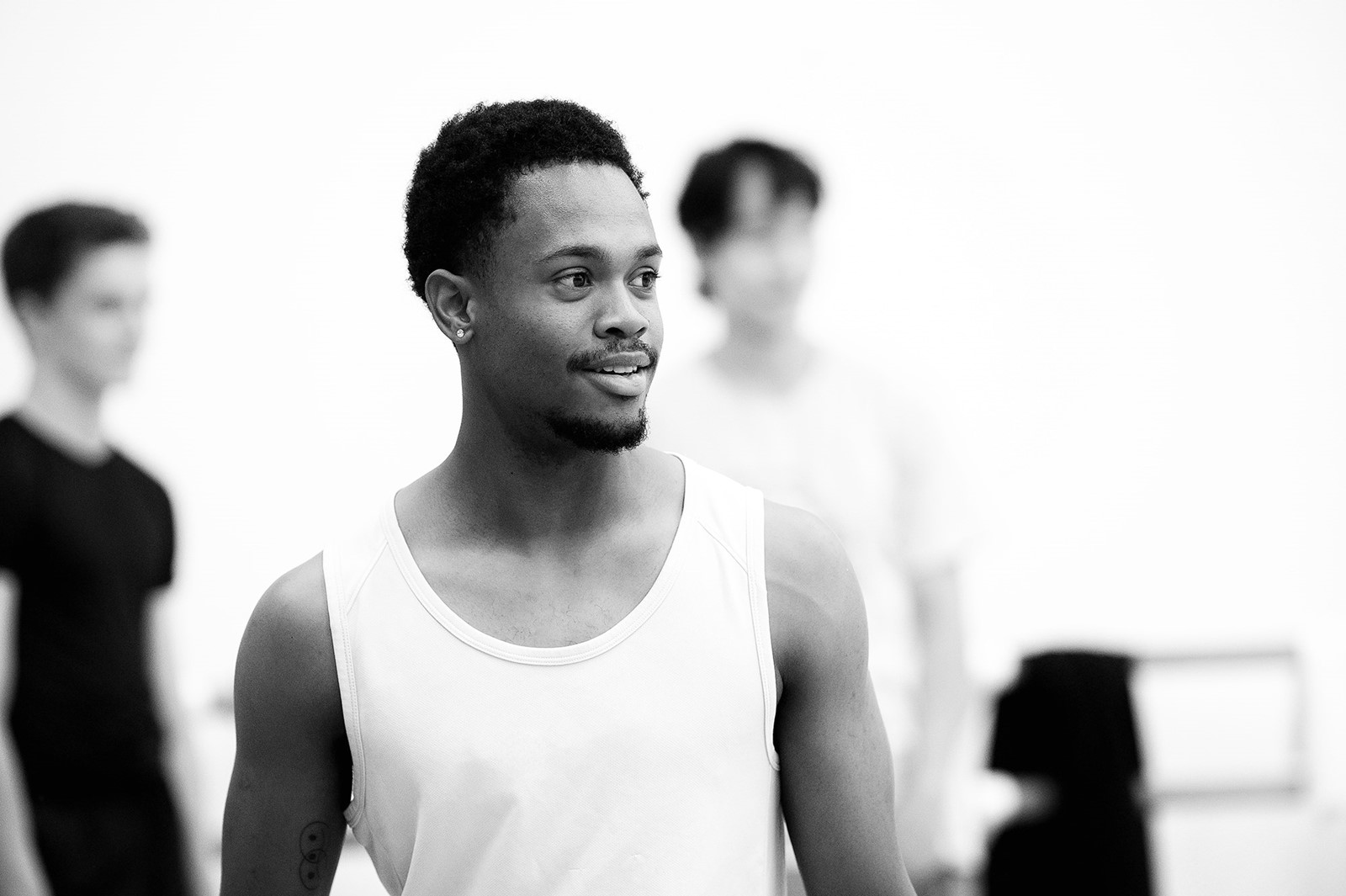Ballet has been around since the 15th century, and much of the art form we know today hails – relatively unchanged – from the 19th century’s so-called ‘golden age’. While its aristocratic roots and classical aesthetic might imply exclusivity and conservatism, ballet is not necessarily incompatible with, nor resistant to, change. (Take the radical innovations of the Ballet Russes, where Gabrielle Chanel costumed dancers in soft, comfortable wool jersey and slippers, to Akram Khan’s injection of ancient Indian dance into eurocentric ballet).
English National Ballet is a leader of innovation in the craft. Established by former Ballet Russes dancer Alicia Markova in 1950, ENB set out to reach new audiences and nurture future talent. Today, under the artistic direction of Aaron S Watkin, their repertoire spearheads revisionist takes on the classics alongside entirely new commissions. The annual Emerging Dancer award, supported by Chanel, embodies ENB’s future-oriented momentum. And Chanel’s relationship with ENB is notable; Gabrielle Chanel collaborated closely with Diaghilev at the Ballet Russes, where Alicia Markova was a principle dancer. When Markova returned to London she established English National Ballet. Chanel has been a long-standing patron of ENB, championing creativity, craftmanship and future talent, through their Emerging Dancer and Female Choroegraphy programmes as well as supporting their Costume Atelier.
This year’s award celebrates six artists of the company, with a live performance event enabling them to showcase their technique and artistry. Nominated by their peers, the finalists – Anna Ciriano, Breanna Foad, Shunhei Fuchiyama, Jose María Lorca Menchón, Thiago Pereira, and Anna-Babette Winkler – will perform both classical and contemporary choreography. Breanna and Thiago dance a pas de deux from Satanella (1772), and a new work by Ching-Ying Chien; Anna and Shunhei present a pas de deux from Don Quixote and a new work by Rentaro Nakaaki and Fabian Reimair; and Anna-Babette and Jose perform an excerpt from La Bayadère (1871) and the final duet from Akram Khan’s Dust.
Below, the six finalists share how they got to where they are today, the liberating freedom of embodying a character on stage, and why the essence of ballet really has nothing to do with steps or technique.
Thiago Pereira, Uberlândia, Minas Gerais, Brazil (lead image)
“I’m from Brazil and when I was young I wanted to become a footballer. I did a try out but didn’t get it. I was like, ‘What can I do now?’ Then at school, we had these obligatory dance auditions. I was picked but I didn’t think ballet was for me at all. Later I walked past the dance studio and saw these guys jumping and changed my mind. I thought, ‘I have to do that’.
“In ballet you find yourself always pushing out of your comfort zone, becoming different people – you have to be your own director and that requires dedication, but that challenge also motivates me. Breanna and I are performing the pas de deux from Satanella, it’s a really happy piece where we become two young people falling in love and then we move into a contemporary piece which is very political, it’s about power and manipulation – [they’re] very different!”

Breanna Foad, Gold Coast, Australia
“Ballet is a fine line between an art form and a sport. It requires athleticism, motivation and dedication but also attention to detail and characterisation. There are such a range of approaches from extremely old school to more modern. I remember when I was in school and I saw Forsythe’s Playlist – it’s so jazzy! All the boys were running around and the audience was cheering, clapping. In ballet you’re not used to that! But it is really nice to be able to do that as an audience, you feel so much more involved. Ballet isn’t just about sitting stiff and quiet.
“It’s such an honour to be nominated for the award; now feels like the perfect time to push myself but also trust in myself. It’s getting to that point before the performance where you need to forget all the questions, all the small adjustments (‘this foot needs to be a little further over there’). There are always little things that can be fixed, there is always going to be a ten-year-old who is better! But then you need to let go, trust in your muscle memory, feed off your partner’s energy and just enjoy it.”
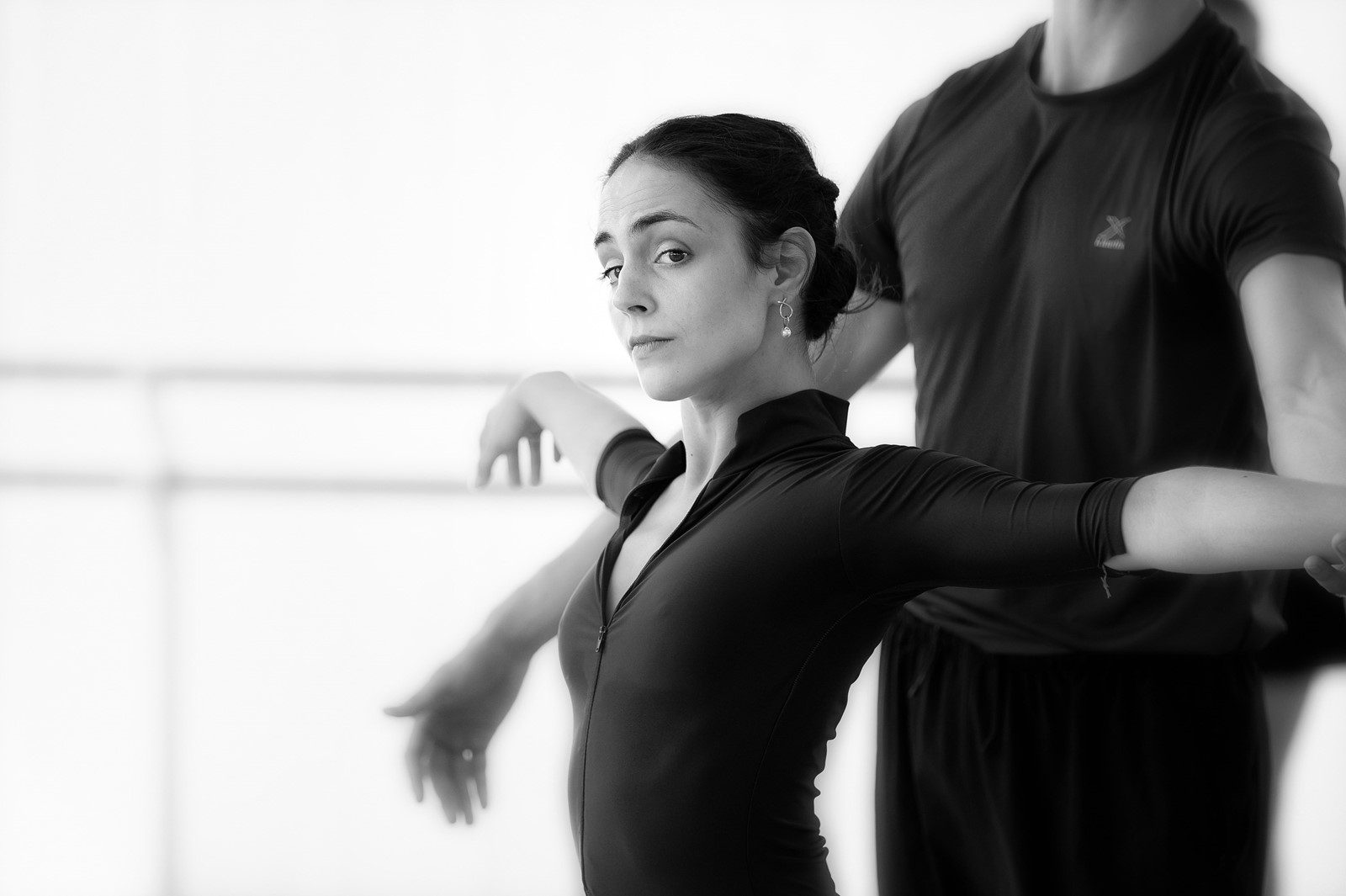
Anna Ciriano, Barcelona, Spain
“I used to get really bored doing ballet – I wanted to do basketball, karate, martial arts … But when I was eight my ballet teacher asked us to improvise to music with a feather; I must have enjoyed that, because the teacher told everyone to stop and look at me, she said what I was doing was really beautiful. I was very shy, but that made me feel special. By 11, I knew this is what I wanted for my career. At ENB they make you feel special too. They really give you the tools to shine.
“I’m still shy, always overthinking, [but] with ballet I get the chance to go on stage and be whoever I want to be, I get to be someone else; that gives me a huge sense of freedom. One of the pieces I will perform is the pas de deux from Don Quixote and I’m playing Kitri – she is cheeky, fiery, she knows her worth. In real life, I wish I was Kitri!
“My heart and soul have so much to give on stage: once you are there it’s all in your muscle memory, the technical work is done, you just need to let it out, to perform, and the more you play that role, the more the audience can enjoy it.”
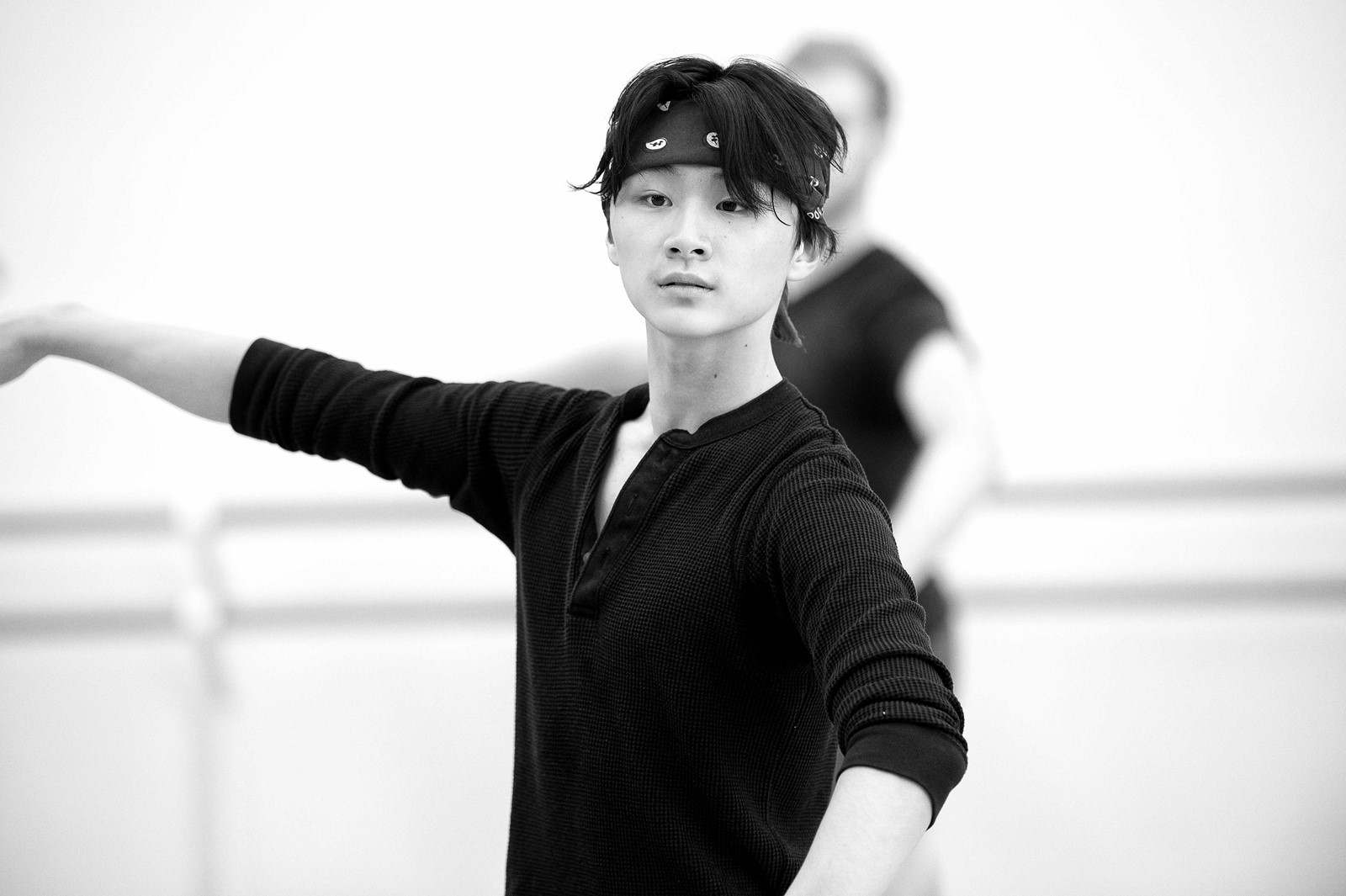
Shunhei Fuchiyama, Saitama, Japan
“Ballet has been part of my life since I started dancing when I was four – I’d say it’s more like my language. I’m Japanese, I speak English, but ballet is the language I can really express myself in. On stage I need to become a role, I need to act, I’m thinking why does [my character] want to do this, or that? And then I start thinking about myself, trying to know more about me through what that character does. Without ballet I just don’t know what I’d be doing: this is my best life.
“ENB is not like a workplace but more like a family, a team, where we support each other. In this company it’s about so much more than technique, it’s about what you feel and why you feel that. And then that emotion is connected to technique and helps you improve.”
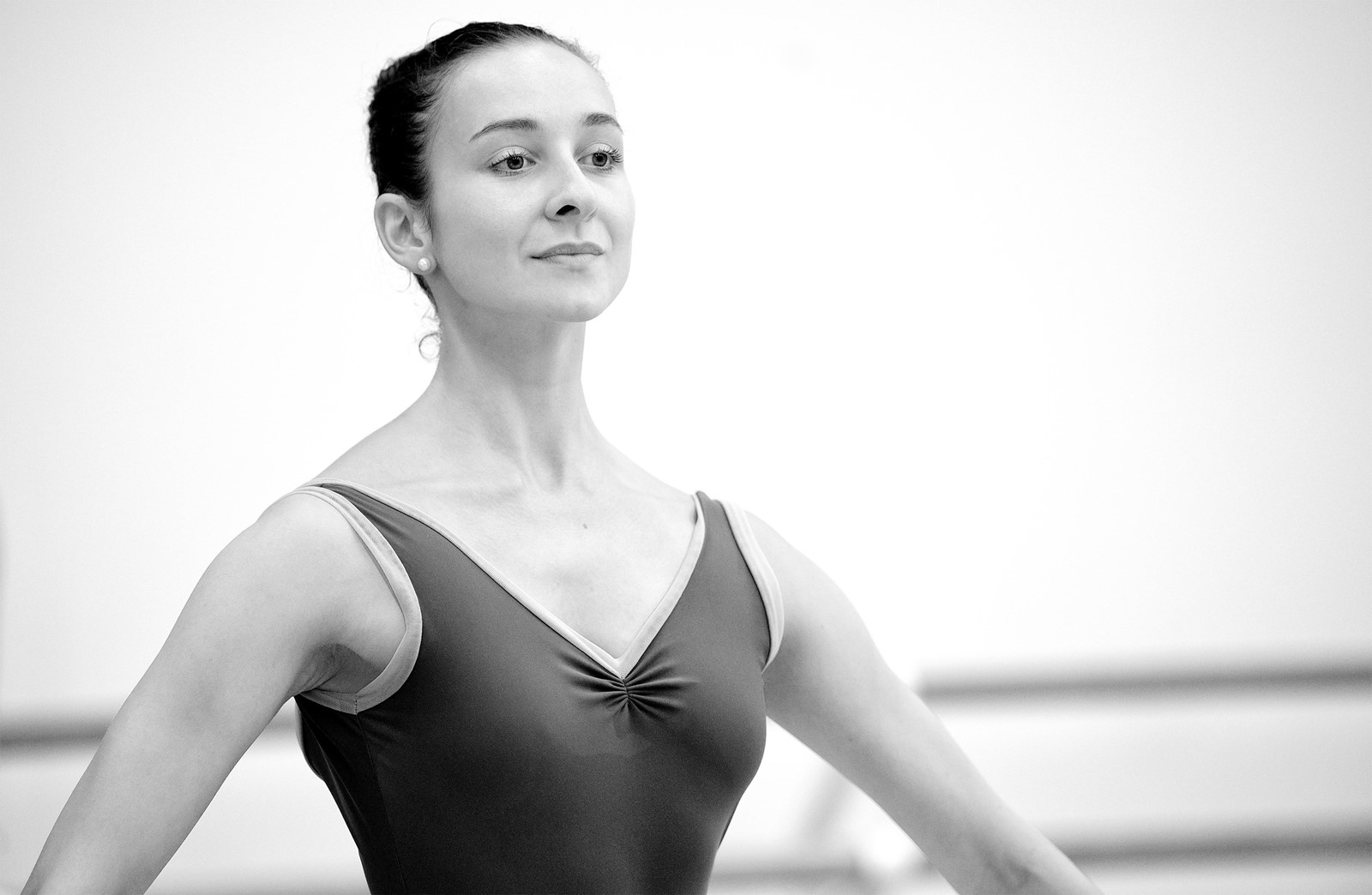
Anna-Babette Winkler, Munich, Germany
“I loved ballet right away: That feeling of focusing on something really specific, learning new things, how deep you can dig into yourself, and the music too — that’s something that’s so different from other sports — you get to have a whole orchestra accompany you!
“I’m really excited about what we are going to dance. The music of La Bayadère is really beautiful and I love to jump, and there is quite a lot of that! It really is this explosive and elegant beauty. And I can’t begin to describe what it means to be trusted to perform Dust [Akram Khan], it is such an honour. [To move from the classical to contemporary work], it’s important to really listen to your partner without expectation, to try to create – no – to be in this place together, and only then can we find what we need to so that the audience can feel what the work wants to say.
“After the Emerging award, I’ll be really sad that it’s all over – I’ve just been learning so much! but I’m looking forward to carrying what I’ve learnt into whatever comes next. It’s a continuous process.”
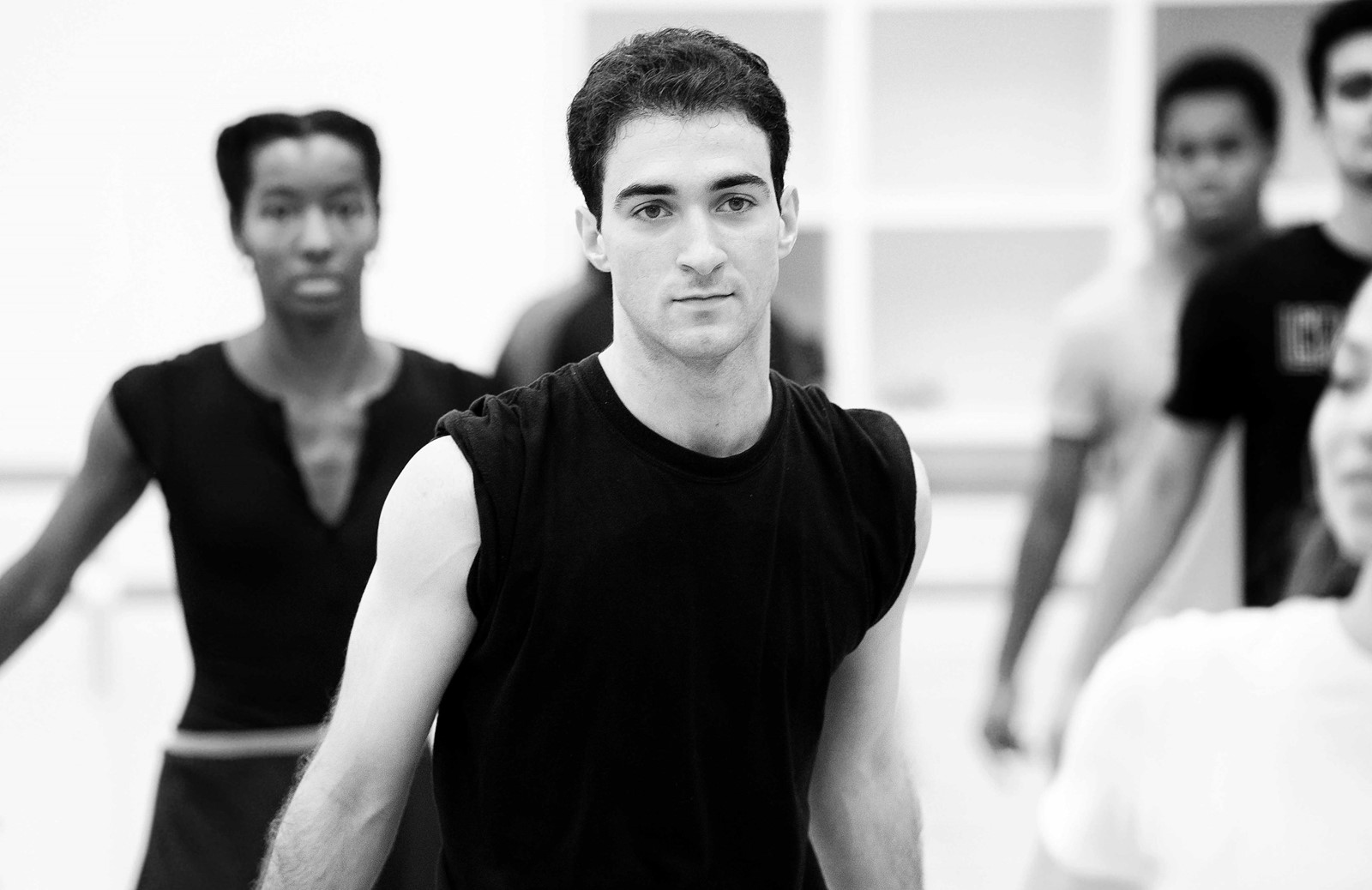
Jose María Lorca Menchón, Murcia, Spain
“I grew up doing all different styles of dance: flamenco, Spanish dancing, contemporary, ballet. In my final year at school, I had to pick one to specialise in … it was then I realised how big ballet was in the world. I was a little kid from a small town in southern Spain, I’d never travelled anywhere so I mostly learnt about ballet through videos. I remember watching Balanchine’s Jewels, a ballet in three movements: the first is quite romantic, next it’s a catchy and sharp American style, and then a Russian style. I was amazed; the structure remains the same but there are so many ways it can go! It was the same when I saw Gisele, I realised ballet isn’t all about beauty, it’s also about pain, sorrow, death; it’s not superficial at all! So, I picked ballet.
“When I see my colleagues I feel so inspired. I see them in class every day and they are so technically gifted, but it’s not about the steps really … When I watch ballet, if I don’t see emotion, if I don’t see human beings dancing, it doesn’t feed my soul. Practising contemporary dance – and the emotion that movement allows for – really helps you to translate that into the most structured of ballets. It’s great that this company is pushing both the classical and contemporary simultaneously.”
